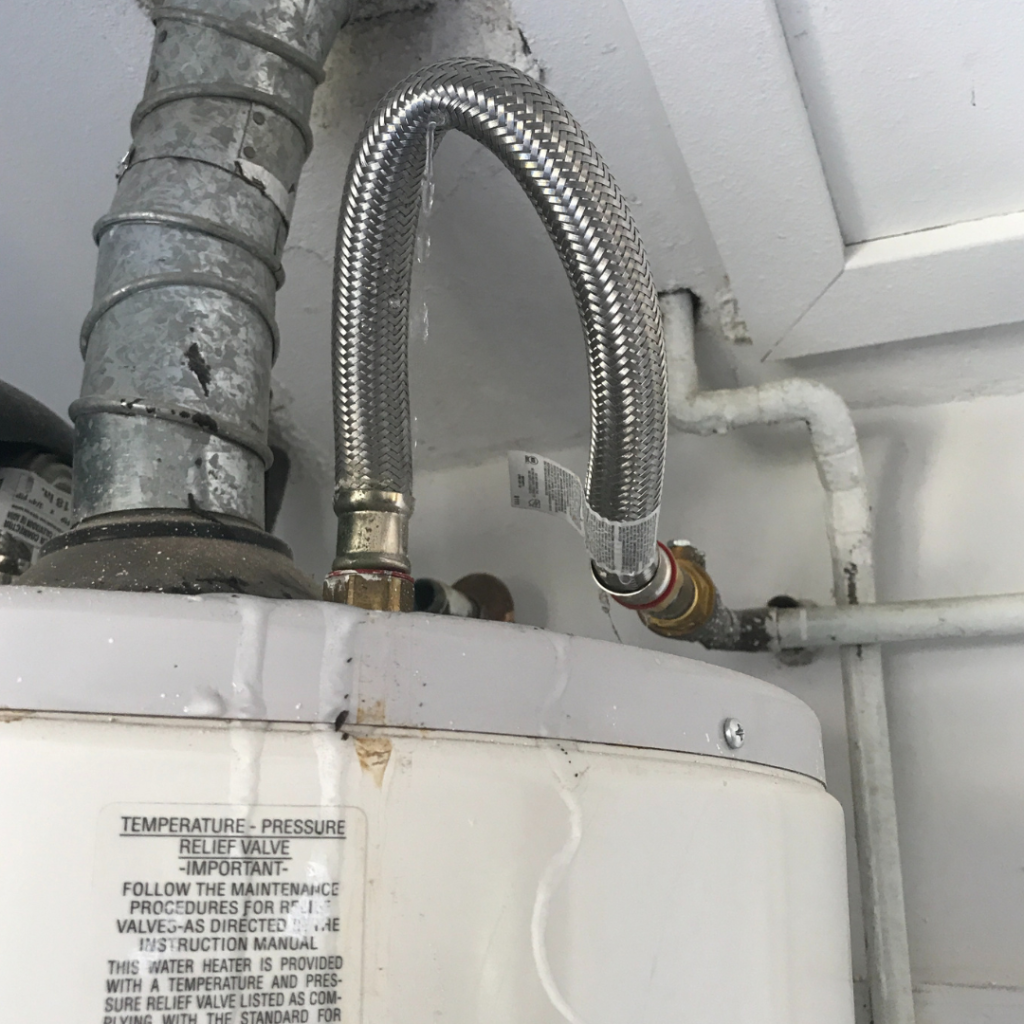How Often Should You Replace Your Supply Lines?
How Often Should You Replace Your Supply Lines?
Supply lines play a vital role in delivering water to your fixtures and appliances. However, they don’t last forever. Over time, these lines can wear out, leading to leaks or even significant water damage. Understanding how often you should replace your supply lines is crucial for maintaining a safe and dry home. Let’s dive into the key points to ensure your plumbing system remains in top condition.
Importance of Replacing Supply Lines
First and foremost, supply lines are essential for transporting water from your plumbing system to your sinks, toilets, washing machines, and other appliances. However, wear and tear can cause these lines to deteriorate. Ignoring this maintenance can lead to unexpected leaks, causing extensive water damage and costly repairs.
Types of Supply Lines and Their Lifespan
Different types of supply lines have varying lifespans. Knowing what kind of supply lines you have can help you determine when to replace them.
- Braided Stainless Steel Supply Lines: These are the most durable and can last up to 10 years or more. They are resistant to wear and tear, making them a popular choice for homeowners.
- PVC Supply Lines: These plastic lines are affordable and easy to install but typically last around 5-8 years. They are more prone to cracking and should be inspected regularly.
- Copper Supply Lines: Known for their longevity, copper lines can last up to 50 years. However, they are susceptible to corrosion, which can lead to leaks if not properly maintained.
Signs That It’s Time to Replace Your Supply Lines
Regular inspection of your supply lines can help you spot potential issues before they become serious problems. Here are some signs that indicate it’s time to replace them:
- Visible Wear and Tear: Look for cracks, kinks, or corrosion on the supply lines. Any visible damage is a clear sign that replacement is needed.
- Discoloration: If the supply lines show any signs of discoloration, it could indicate rust or other forms of deterioration.
- Frequent Leaks: Experiencing frequent leaks from the same supply line is a strong indicator that it needs replacing.
- Bulging or Bubbling: These are signs of weakened material that could burst at any time, leading to significant water damage.
Recommended Replacement Intervals
To prevent unexpected water damage, follow these recommended replacement intervals:
- Braided Stainless Steel: Replace every 10 years.
- PVC: Replace every 5-8 years.
- Copper: While these can last up to 50 years, inspect regularly and replace if any signs of corrosion or damage are present.
Proactive Maintenance Tips
Taking proactive steps can extend the lifespan of your supply lines and ensure your plumbing system remains in good condition:
- Regular Inspections: Schedule regular inspections of all supply lines in your home. Early detection of issues can save you from costly repairs.
- Professional Assessments: Consider having a professional plumber assess your supply lines periodically, especially if your home is older.
- Upgrade When Necessary: If you live in an older home with outdated supply lines, upgrading to more durable materials like braided stainless steel can provide peace of mind.
Conclusion
Understanding how often you should replace your supply lines is crucial for maintaining a safe and dry home. By knowing the types of supply lines in your home and their expected lifespans, you can take proactive steps to prevent leaks and water damage. Regular inspections and timely replacements will help ensure your plumbing system operates smoothly.
Stay vigilant and proactive with your supply line maintenance to protect your home and avoid costly water damage. If you’re unsure about the condition of your supply lines, consulting a professional plumber can provide valuable insights and recommendations. Keep your home safe by staying informed and taking action when necessary. Questions? About Water Damage? Give JW Home Care A Call!

